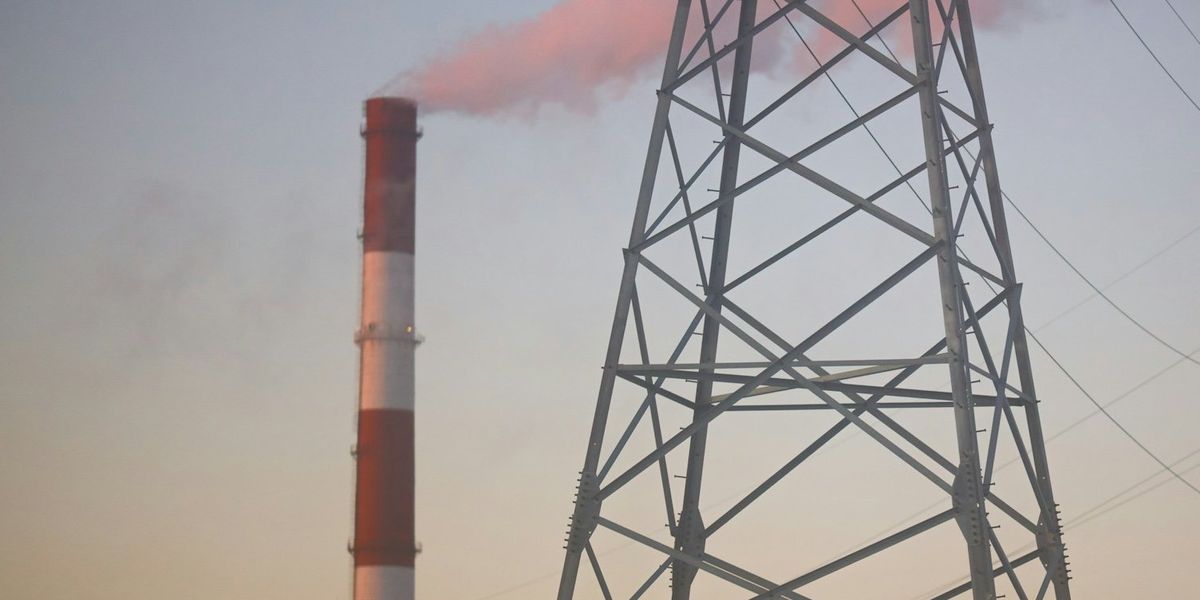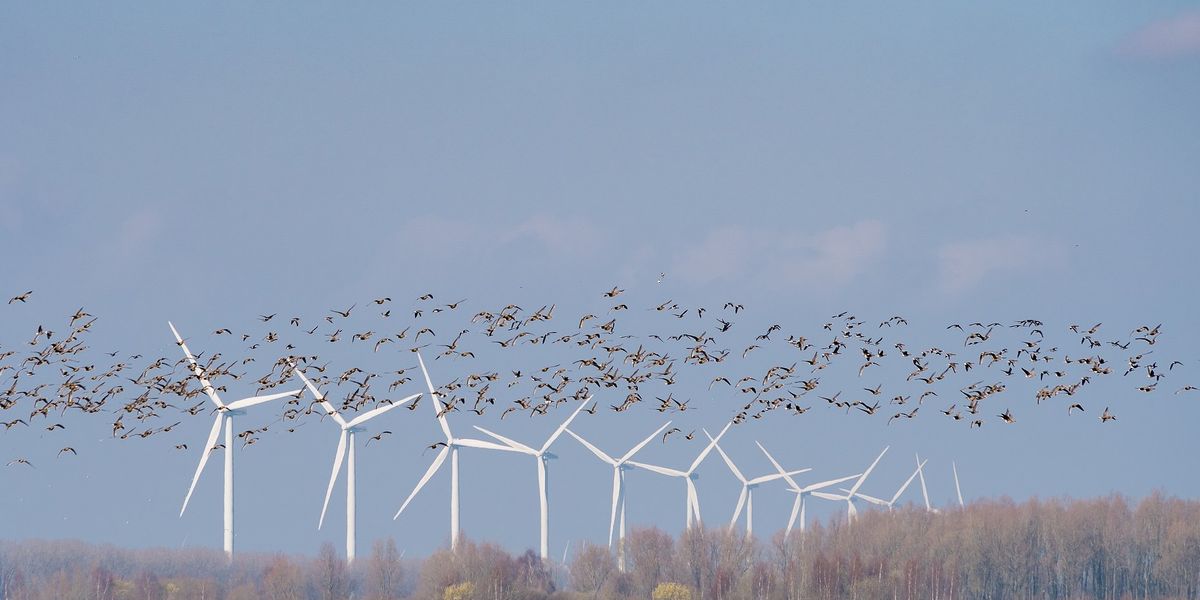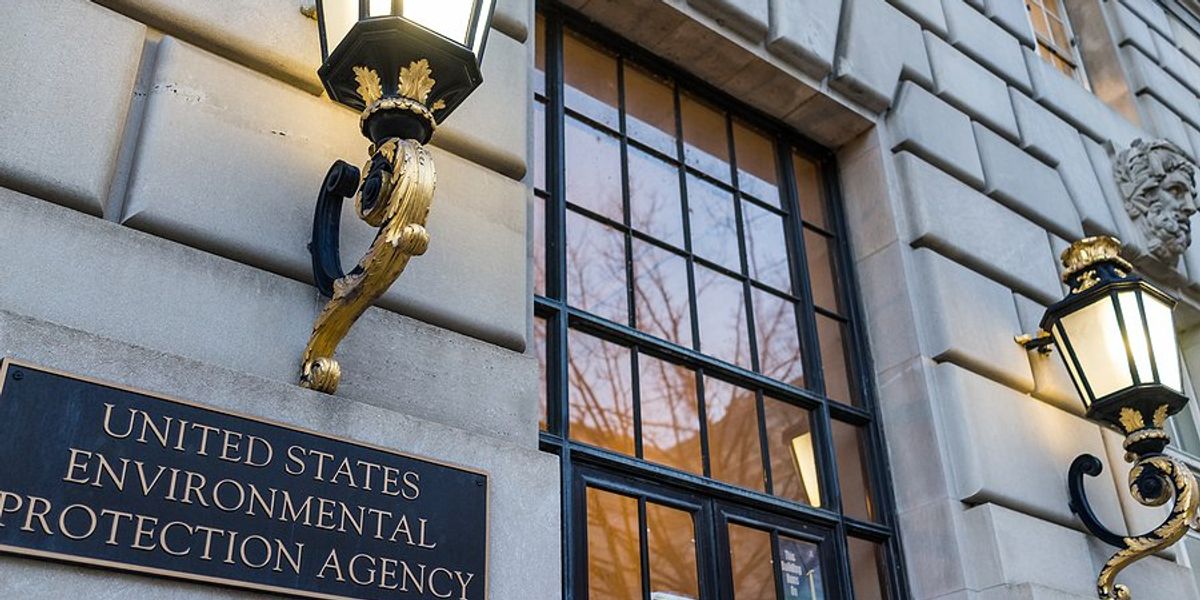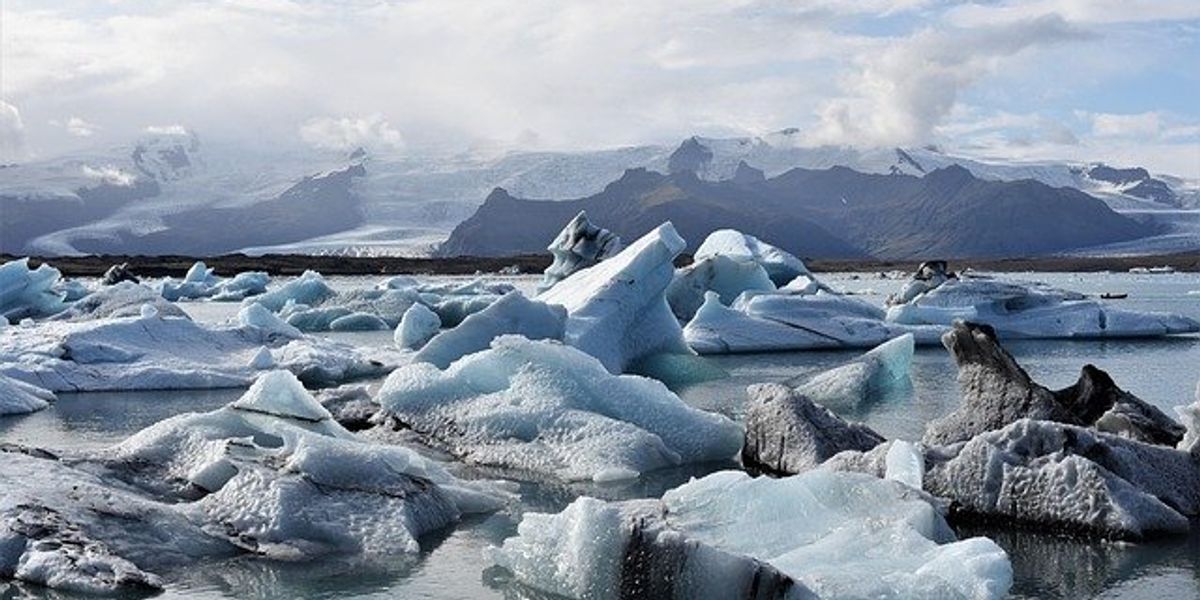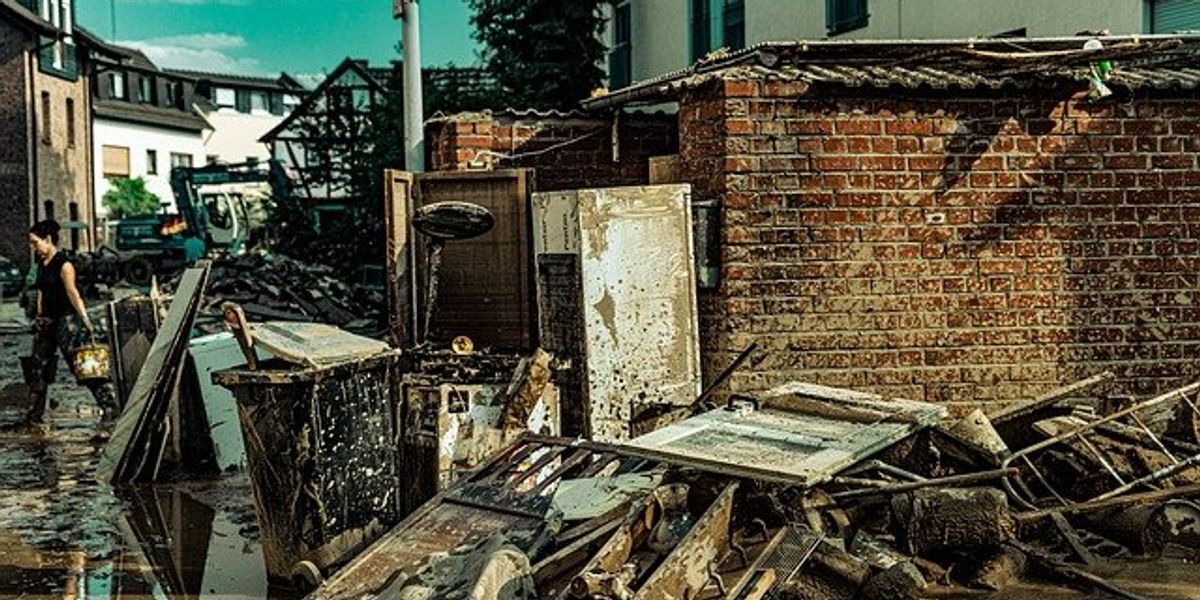
Valencia flood disaster sparks criminal probe into government response
Flash floods killed more than 200 people in Valencia last fall, and now Spain is investigating whether delayed emergency alerts and poor crisis leadership contributed to avoidable deaths.
Chico Harlan, Michael Robinson Chávez and Roser Toll Pifarré report for The Washington Post.
In short:
- Spain’s judiciary is weighing criminal charges, including reckless homicide, against regional officials in Valencia for a delayed response to the October 2024 floods that killed 228 people.
- The judge leading the investigation, Nuria Ruiz Tobarra, cited “clear inaction” and is focusing on the two-hour delay in issuing a regional emergency alert, despite early weather warnings and live news coverage of worsening conditions.
- Survivors and families of victims blame both Salomé Pradas, the official in charge of emergencies, and regional president Carlos Mazón, who continued his public schedule as the crisis unfolded.
Key quote:
“The problem did not lie in the absence of information — there was more than enough of it, from countless sources, in real time.”
— Judge Nuria Ruiz Tobarra
Why this matters:
As climate change intensifies storms across Europe, Valencia, long vulnerable to flash flooding, must reckon with how public institutions prepare and respond. This case challenges the assumption that no one is to blame for natural disasters, especially when early warning systems exist and go unused. Human decisions — from emergency staffing to political appointments — can turn a dangerous weather event into a lethal one. The Valencian flood illustrates the deadly consequences of bureaucratic hesitation, political cronyism, and miscommunication in the face of foreseeable risk. The tragedy reveals that public trust, especially during extreme weather, hinges not just on infrastructure but also on leadership that understands when to act — and how fast.
Learn more: Spain's devastating floods reveal gaps in regional preparedness

